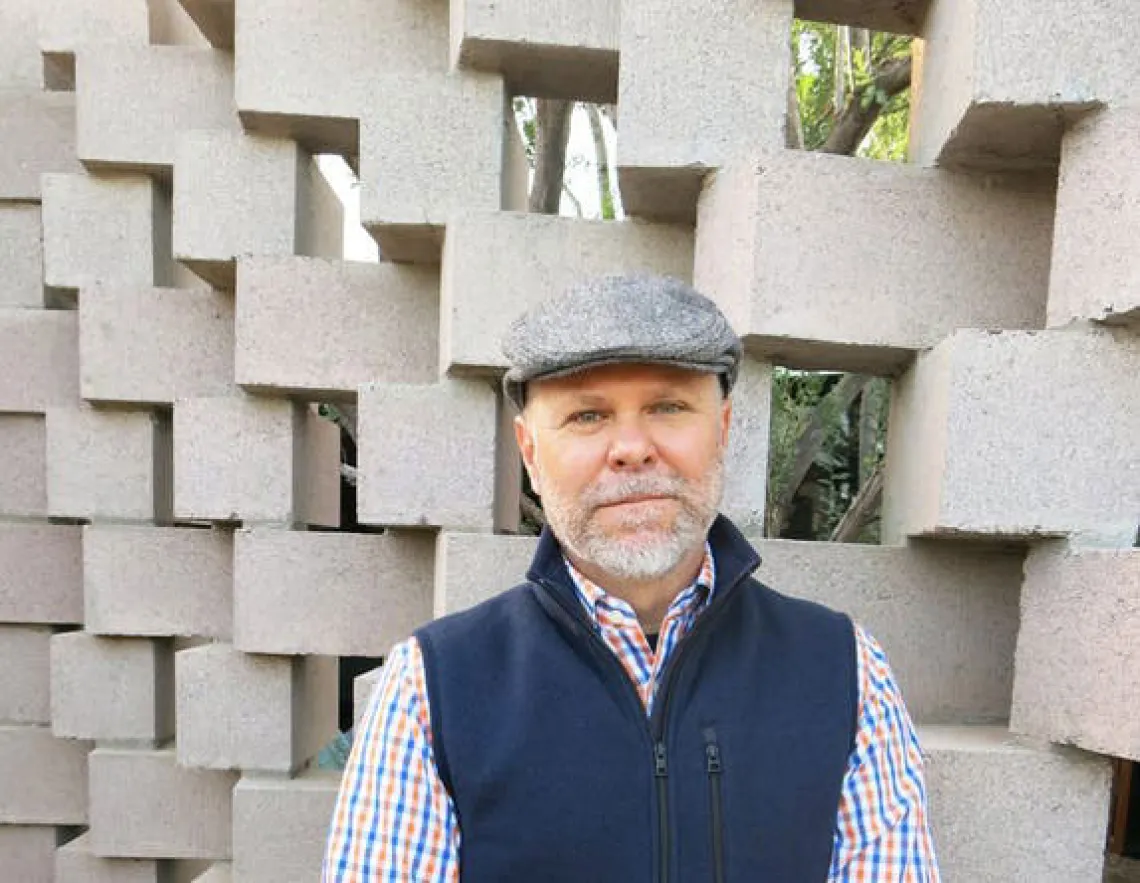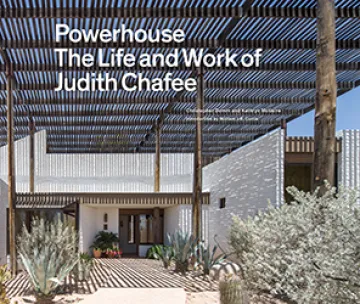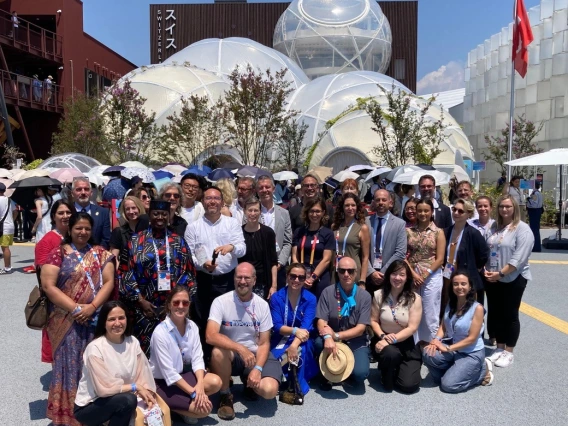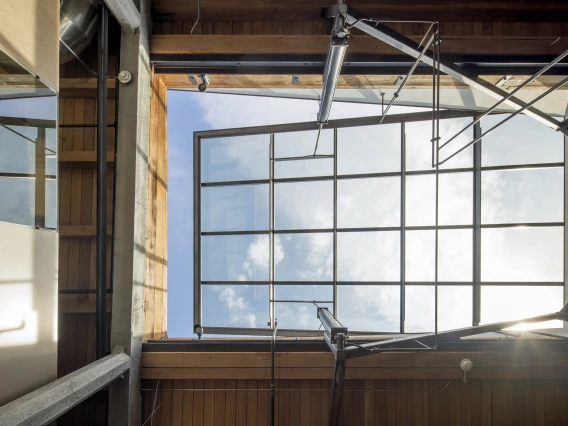Book by Architecture Professor Christopher Domin and Tucson Architect Kathryn McGuire Receives Broad Coverage


The work of Christopher Domin, associate professor of architecture in the College of Architecture, Planning and Landscape Architecture at the University of Arizona, was highlighted March 3, 2020 in an article in The Daily Wildcat. Additional coverage for the award-winning book Powerhouse: The Life and Work of Judith Chafee and its authors Domin and Kathryn McGuire has appeared in Architect: The Journal of the American Institute of Architects, Luxe and Yale Alumni Magazine, among others.
“For the UA, Tucson community and architects across the world, Powerhouse: The Life and Work of Judith Chafee is a profound new piece in the published literature world,” The Daily Wildcat article states.
Speaking of Judith Chafee, in the article Domin says, “Great artists grapple with the tradition of a place and launch it forward to liberate and expand a culture. The architect’s role is to determine: ‘How can you leave this place better than you found it?’”
“Architecture comes out of a community,” he continues. “It’s not just about a client or just about a building or just about an architect, but it takes an interconnected web of skills, talents and interests to make meaningful work. There is this sensibility that is shared between all of Chafee’s work.”
Domin joined CAPLA in 2000. He specializes in teaching advanced design studios, material technology courses and history/theory seminars that focus on mid-20th century architecture and contemporary practice and is also a licensed architect. He lectures internationally on the topic of regional modernism and technological innovation. In addition to Powerhouse, his books are Victor Lundy: Artist Architect and Paul Rudolph: The Florida Houses.



